Training 'Food Refusal' in KNPV
Ed's Note: The following article was written by a Dutch friend of mine. Bob Neijts has been involved with the KNPV sport for 15 years. I have intentionally not edited any of the article. While the English may not be correct, you will get the flavor of the people who train KNPV from this article.
Actually this routine covers two exercises.
-
The refusal of food laying around the field.
This is done throughout a couple of different exercises like: All the heeling exercises (on and off leash, next to the bike) the down stay all the jump exercises (hedge, fence and pit).
This part of the training is not very difficult to train. You start with a food pan filled with frankfurters and place it at the start of the heeling, next to the jumps or next to the place where you will do the down stay. You have to make sure that you keep the dogs attention and give him a correction when he wants to sniff or eat it. Make sure that your correction fits the dogs temperament. So no use of to much force because you are irritated when the dog wants to eat it. You have to be careful that your dog does not get afraid of the food otherwise you will notice it when you do the heeling exercise or the food refusal from the helper. You must be patient, firm and correct.
Soon your dog will understand the game and will pay no more attention to the food. At this point you move on to the next step and place the food around the field. Make the dog heel correctly and walk over it. Make the dog lay down with the food right in front of him. Repeat this exercise every time you train. Use food as often as possible. In the end you will be able to make your dog go down right on top of the food! At this point it is time to move on to the next exercise.
-
The refusal of food offered by the helper.
This is a complete different and more difficult exercise. If it is not trained in the right way you might put so much pressure on your dog that he will get afraid of the food. So you have to start easy and with a lot of patience.
Step 1
The first part of this exercise you can train at home. You have to make your dog understand your command. You can train this in your garden or some other place near your home. You make your dog go down and stay. Then you offer him a piece of food. When he wants to take it you say "NO" or "Dirty" or something and pull your hand back so the dog is unable to get to the food. Repeat this until your dog understands what you mean. According to the KNPV rules your dog may stand, sit or lay down. I prefer the dog to go down because it this is the easiest position to make him stay and train this exercise. Don't forget to praise him every time he does well !!! As soon as your dog understands the meaning of the command you train this exercise on the training field and don't forget to use different kinds of food. Work your dog on leash!
Step 2
When your dog knows the command and shows no interest in the food you start using the helper. If your dog is very aggressive towards the helper you can start first by somebody else offering the food and then finally move on to the helper.
Kneel next to your dog and give him the command as soon as the helper moves in and offers him the food. Use a quiet but firm voice. At first make the helper get no closer then app. 3 meters from the dog. When things are getting better every time you can decrease the distance of the helper and increase the distance between the dog and you. Make sure the dog is not crawling backwards when the helpers gets closer. Make the dog clear that you will not allow that. Be firm but don't make him afraid of the exercise. First you kneel next to the dog but you can also stand next to him. Place one foot on the leash so he can't move! Every time when the helper moves in and the dog wants to move, either to attack or to crawl back, the helper stops immediately. He makes a few steps backwards and when the dog is under control he starts all over again. At first the helper throws the food from a short distance but when things are getting better he has to really offer the food to the dog. He walks in offer a piece of frankfurter with his left hand and drops it on the left side of the dog then with his right hand and drops it at the right side of the dog, makes two big steps backwards and throws it right in front of the dog makes another two big stapes backwards and walks away.
The helper has offer the food with a little pressure, so if the dog is turning his head away the helpers still pushes on a little. The helper is not allowed to touch the dog mouth with the food!
Step 3
When you are able to lay down your dog and the helper can offer him the food without the dog taking it, it is time to increase the distance between you and your dog until you are out of sight.
The problem is that you have to make sure your dogs stays in place whatever happens. To make it possible to do so you use a long leash and a pin with a ring on top that you can stick in the ground. Place the pin in the ground exactly at the place where you want your dog to stay. Pull the line through the ring and by pulling the line you will pull your dog to the ground right where you want him. This works very well.
Now increase the distance and also the time between the moment that you lay down your dog and the moment the helper will appear. There has to be three minutes in between.
When your dog works well at a reasonable distance it is time to move out of sight.
Step 4
To train the dog to get used you move out of sight you first stand behind a tree or car or something for just a second. Every time you make this moment a little longer. By repeating this it is very easy to get the dog used to work alone. The dog is still on the long line of course. An assistant can help you when you are out of sight by giving the dog a short correction by pulling the line when this is necessary.
Now the moment is there that you will train the exercise according to the KNPV rules. Do everything by the book, use judges, different helpers, other training fields, different kinds of food and be sure you make no mistakes. Make no problem out the fact if your dog will bark at the helper or not. If he barks you can encourage him if not don't waist any time on this part. The problem is that you have to put so much pressure on your dog that it will be very difficult to do the rest of the things right.



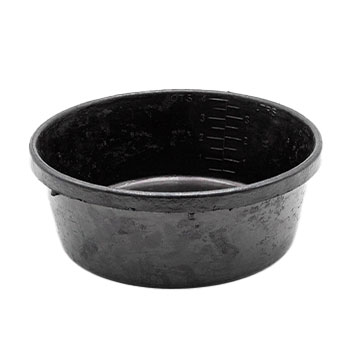
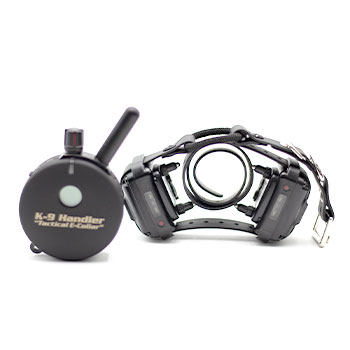
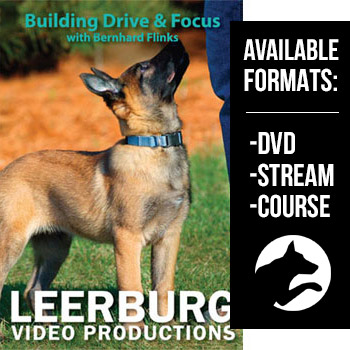
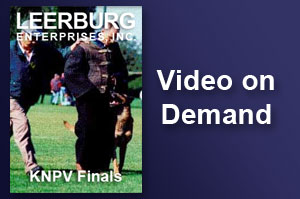
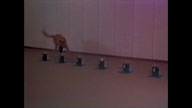

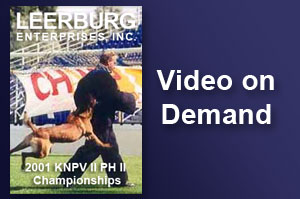
Ask Cindy.